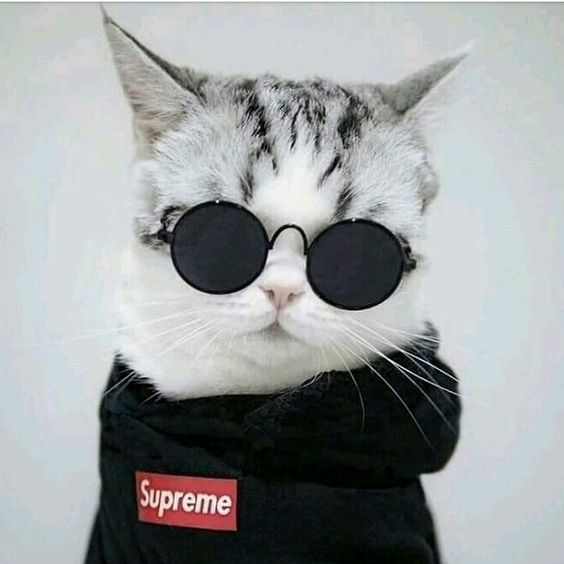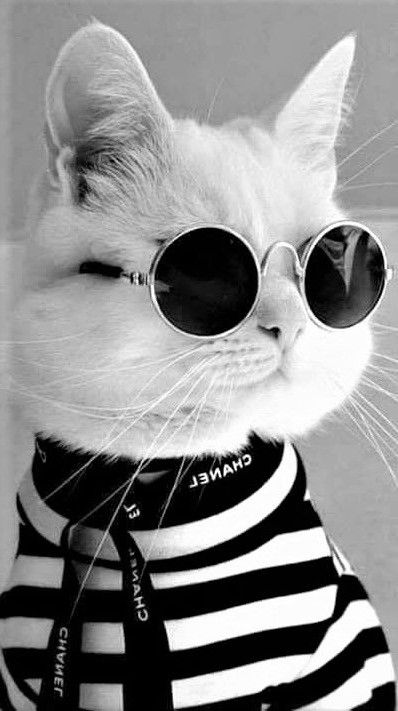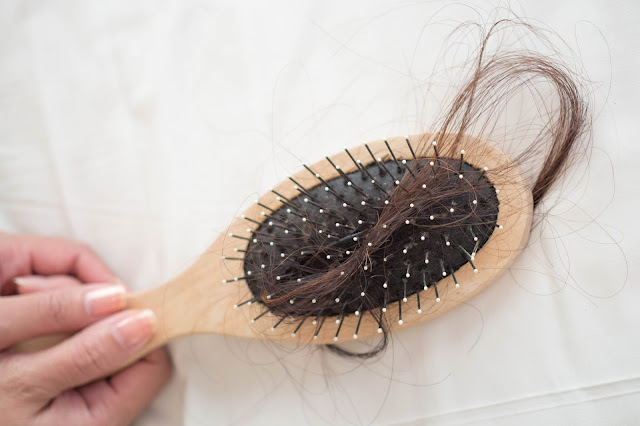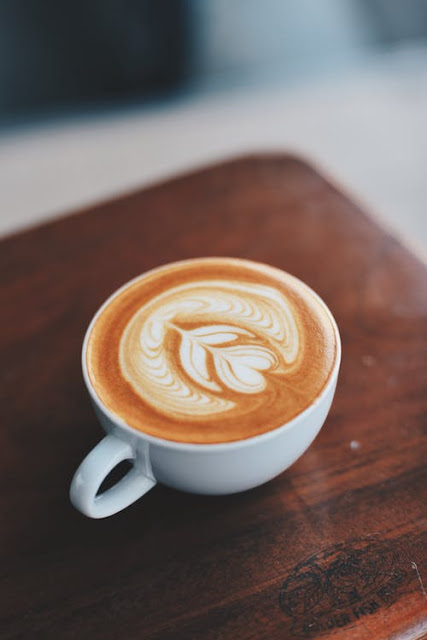Losing weight can be a challenge in itself, let alone losing weight from a specific area of your body. Extra fat on your face in particular can be a frustrating problem if it bothers you.
Fortunately, many strategies can increase fat burning and help in slimming your face.
Here are 8 effective methods to help you lose fat on your face.
1. Do Facial Exercises
Facial exercises can be used to improve facial appearance, combat aging, and improve muscle strength.
Anecdotal reports claim that adding facial exercise to your routine can also tone facial muscles and make your face appear slimmer.
Some of the most popular exercises include puffing out your cheeks and forcing air from side to side, alternately puckering your lips and holding a smile while clenching your teeth for a few seconds at a time.
Although the evidence is limited, one review reported that facial exercises can build muscle tone in your face.
Another study showed that performing facial muscle exercises twice a day for 8 weeks increased muscle thickness and improved facial rejuvenation.
Remember, there is a lack of research on the effectiveness of facial exercise for fat loss. More studies are needed to evaluate how these exercises can affect facial fat in humans.
2. Add Cardio To your Routine
Often times, extra fat on your face is the result of excess body fat.
Losing weight can increase fat loss and help you lose weight on your body and face.
Cardio or aerobics is any type of physical activity that increases your heart rate. It is widely considered to be one of the most effective weight loss methods.
Several studies have shown that cardio can promote fat burning and increase fat loss .
Additionally, one study found that obese women experienced greater fat loss with more cardio exercise .
Try to get 150 to 300 minutes of moderate to vigorous exercise every week, which equates to roughly 20 to 40 minutes of cardio per day .
Some common examples of cardio exercise are running, dancing, walking, cycling, and swimming.
3. Drink more water
Drinking water is critical to your overall health and can be especially important if you're looking to lose facial fat.
Studies suggest that water can keep you full and increase weight loss.
In fact, one small study found that drinking water before a meal significantly reduced the amount of calories burned during the meal.
Other research suggests that drinking water can temporarily boost your metabolism. Increasing the number of calories you burn during the day can help you lose weight.
4. Limit Alcohol Consumption
While it's okay to have an occasional glass of wine with dinner, going overboard with your alcohol consumption can be one of the biggest contributors to facial oil accumulation and bloating.
Alcohol is high in calories but low in nutrients and can be linked to an increased risk of weight gain .
Keeping alcohol consumption under control is the best way to control alcohol-related gas and weight gain.
According to current U.S. nutritional guidelines for Americans, moderate drinking is defined as having up to two drinks per day for men and up to one drink per day for women.
5. Cut Down on Refined Carbohydrates
Refined carbohydrates like cookies, crackers, and pasta are common causes of weight gain and increased fat storage.
These carbohydrates have been highly processed by stripping them of their beneficial nutrients and fiber, leaving little behind other than sugar and calories.
Since they are very low in fiber, they are digested quickly, causing spikes and falls in blood sugar levels and a higher risk of overeating.
A study of 277 women showed that higher refined carbohydrate intake was linked to a higher risk of obesity and a higher amount of belly fat (13Trusted Source).
While no studies have looked directly into the effects of refined carbohydrates on facial fat, switching to whole grains can increase overall weight loss, which can also aid facial fat loss (14Trusted Source).
6. Turn on your Sleep Schedule
Catching up on sleep is an important strategy for weight loss. It can also help you lose facial fat.
Sleep deprivation can lead to increases in levels of cortisol, a stress hormone that has a long list of possible side effects, including weight gain.
Studies have shown that high levels of cortisol can increase appetite and alter metabolism, resulting in increased fat storage.
Additionally, squeezing more sleep can help you shed extra pounds.
One study found that better quality sleep was linked to successful weight loss maintenance.
Conversely, studies show that sleep deprivation can increase food intake, cause weight gain, and lower metabolism.
Ideally, you should sleep at least 8 hours a night to aid in weight control and fat loss on the face.
7. Monitor your Sodium Intake
One of the hallmarks of excessive sodium intake is bloating, and it can cause puffiness and swelling of the face.
This is because your body holds extra water through sodium, which leads to fluid retention.
Several studies have shown that higher sodium intake can increase fluid retention, especially in people who are more sensitive to the effects of salt.
Processed foods make up more than 75% of the sodium intake in the average diet. Cutting out ready meals, savory snacks, and processed meats can therefore be a simple and effective way to reduce sodium intake.
Reduce your sodium intake to make your face appear slimmer.
8. Eat more Fiber
One of the most popular recommendations for losing weight on your face and losing cheek fat is to increase your fiber intake.
Fiber is a compound found in plant foods that moves slowly through your digestive tract, making you feel full longer to help curb cravings and decrease appetite.
A study of 345 people who were overweight and obese found that higher fiber intake was linked to increased weight loss and improved adherence to a low-calorie diet.
Another review of 62 studies found that consuming more soluble fiber, a type of fiber that forms a gel when mixed with water, can reduce both body weight and waist circumference without restricting calories (28Trusted Source).
Fiber occurs naturally in a wide variety of foods, including fruits, vegetables, nuts, seeds, whole grains, and legumes.
Ideally, you should try to consume at least 25 to 38 grams of fiber per day from these food sources.
NOTE:
PLEASE Use the
Older Post and
Newer Post buttons just below comment box to navigate between posts.





























